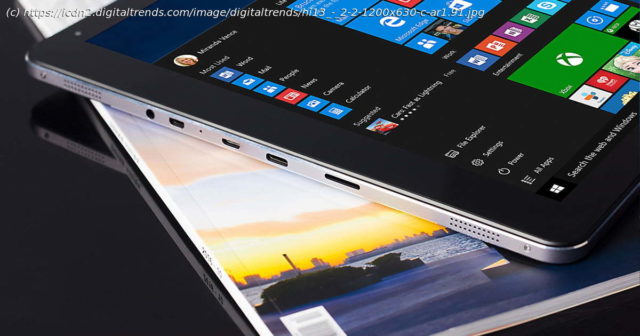No operating system is immune to hiccups, errors, and software installation issues. Thankfully, we’ve put together a great guide on how to reinstall Windows 10.
There might come a time when you will need to reinstall Windows 10 on your computer. Maybe you’re trying to fix a severe update problem or get rid of a virus, or perhaps you’re prepping to sell your laptop on Craigslist. Whatever the reason might be, reinstalling Windows 10 can be confusing, especially given there are several ways to do it, and each has its own set of pros and cons. That said, let’s take a look at how to reinstall Windows 10. We strongly recommend that you back up your data before making this kind of significant change to your PC. Windows 10 even makes it easy, so you don’t need to search for an additional backup tool. Just follow the necessary File History steps below. Step 1: Type “Windows update” into the Windows search bar and select Windows Update Settings from the results list. Alternatively, click on the Action Center icon in the lower-right corner of your screen, select All Settings, and look for Update & Security. Once there, select the Backup tab. If you see an on-off indicator in the next window and it’s toggled to the “On” position, then that means File History has been automatically backing up your files. These files include your contacts, desktop files, and data housed in your OneDrive folder — meaning you probably don’t have to worry. The feature will back up your libraries as well, but it may not back up all general folders, so place valuable folders into a library to save them as necessary. Step 2: If your File History tool is off, then you will see an option to add a drive. Click on the plus sign (+) next to Add A Drive, and Windows 10 will search for an external drive to use for the backup. Select the drive that you want to use for File History. Doing so will toggle File History on, and Windows 10 will automatically start backing up versions of files in your libraries. You can click More Options to change how often files are backed up and how long they’re kept for. You can also configure which folders and libraries are backed up. Depending on how much data you have, however, this can take some time, so get busy with something else and wait for the backup process to finish. You can check on your File History status by scrolling to the bottom of the Backup Options pages and selecting See advanced settings under Related Settings. Doing so will open the Control Panel File History window, where you can see the status and access to additional options.






